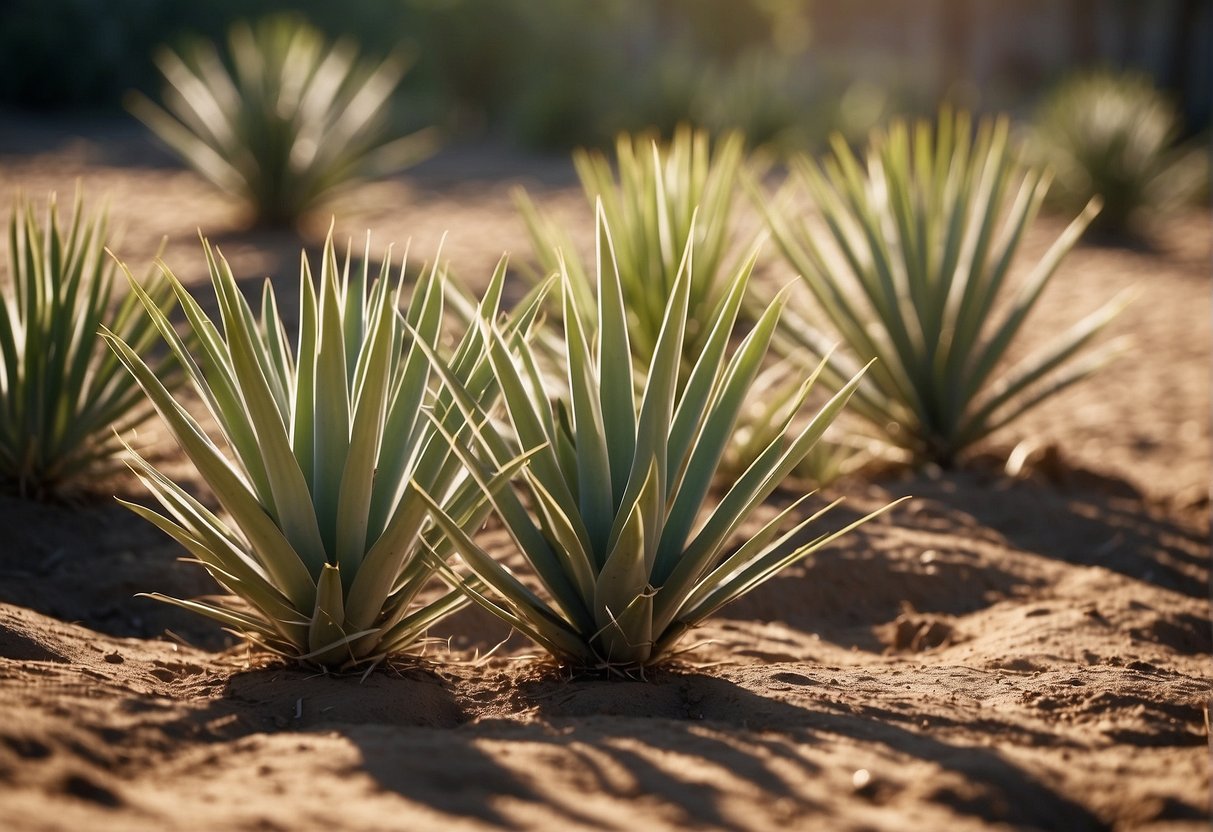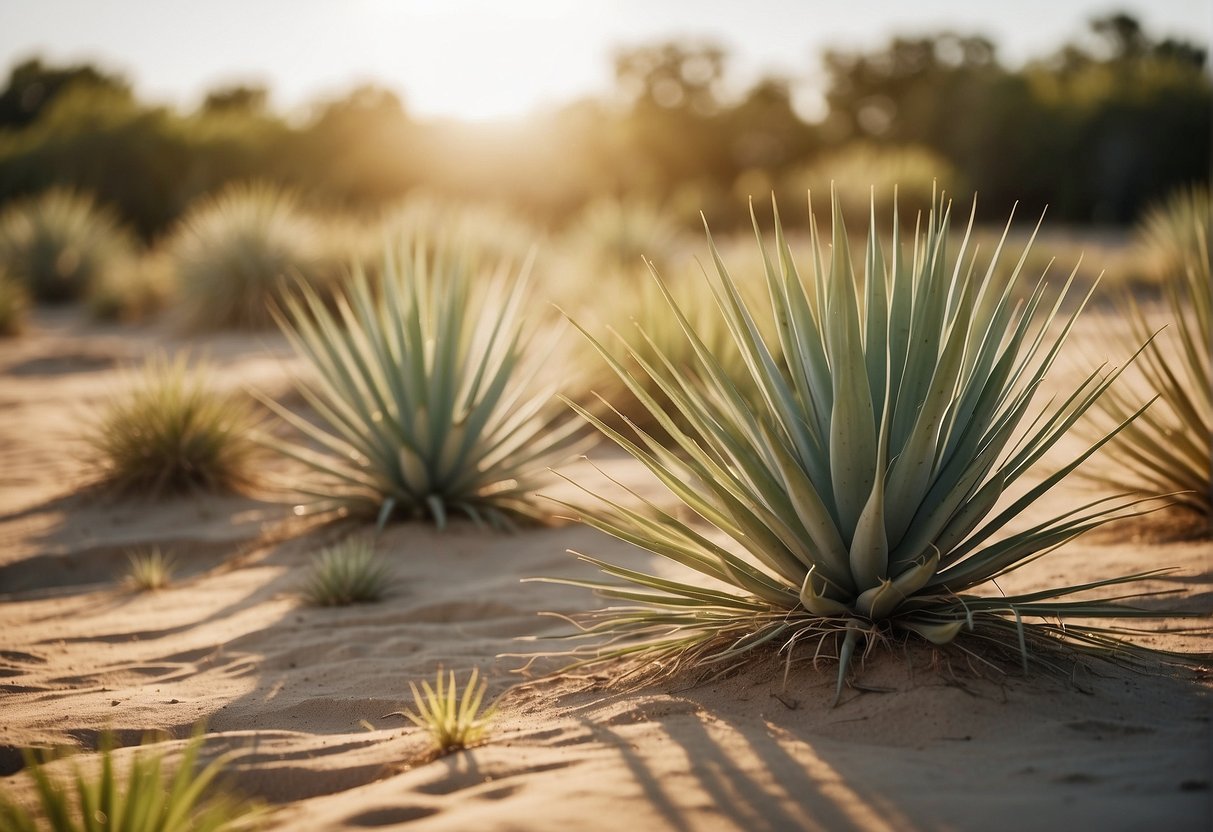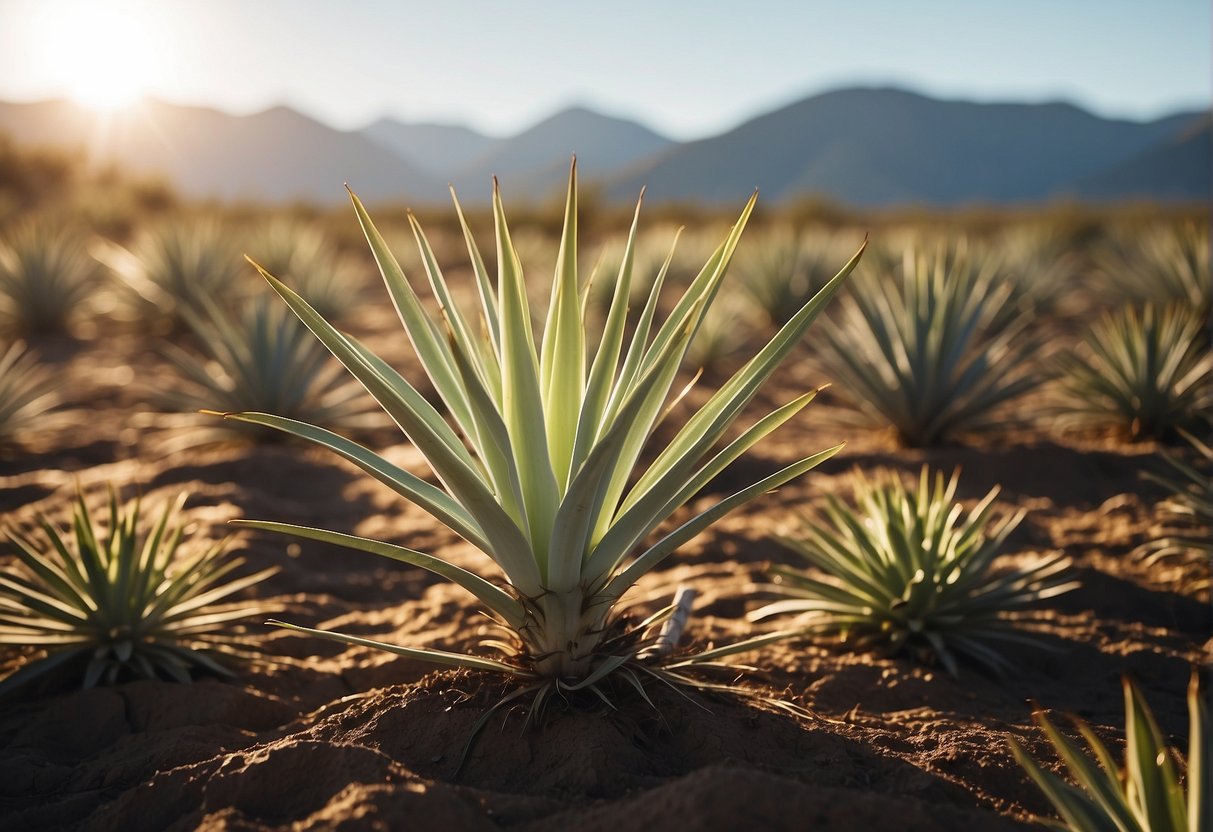How to Keep Outdoor Yucca Plants Healthy: Tips and Tricks
Should you be interested in bringing some verdant life to your exterior areas, opting for yucca plants is an excellent choice. Recognized for their resilience and versatility in adapting to a multitude of environments, yuccas nonetheless necessitate appropriate upkeep and care to remain vibrant. In the following exposition, we aim to explore various strategies and insights to ensure your yucca plants outdoors flourish and maintain optimal health.

First and foremost, it’s important to understand the optimal growing conditions for outdoor yucca plants. These plants prefer well-draining soil and plenty of sunlight. They can tolerate a range of temperatures, but are most comfortable in warm, dry climates. By providing your yucca plants with the right growing conditions, you’ll set them up for success and reduce the risk of disease or other issues.
Once you’ve established the right growing conditions, it’s time to focus on maintenance and care. This includes regular watering, pruning, and fertilizing. Yucca plants are relatively low-maintenance, but neglecting these tasks can lead to problems down the line. By taking a proactive approach to caring for your yucca plants, you’ll ensure that they stay healthy and vibrant for years to come.
Key Takeaways
- Provide your outdoor yucca plants with well-draining soil and plenty of sunlight for optimal growing conditions.
- Regular maintenance and care, including watering, pruning, and fertilizing, is essential for keeping yucca plants healthy.
- By following these tips, you can enjoy beautiful, thriving yucca plants in your outdoor space.
Optimal Growing Conditions for Outdoor Yucca Plants

Yucca plants are a popular choice for outdoor gardens due to their unique appearance and low maintenance requirements. However, it is important to provide them with the right growing conditions to ensure their health and longevity. Here are some tips on how to optimize the growing conditions for your outdoor yucca plants.
Climate and Temperature Preferences
Yucca plants are native to arid regions and are adapted to tolerate high temperatures and drought. They thrive in full sun and prefer temperatures between 60°F and 90°F. Yucca varieties such as Yucca elephantipes, Yucca rostrata, and Yucca filamentosa are hardy up to USDA zone 5, while Yucca aloifolia, Yucca gloriosa, and Yucca brevifolia can tolerate even colder temperatures.
Soil and Drainage Requirements
Yucca plants prefer well-drained soil with a sandy or gravelly texture. They do not tolerate wet or poorly drained soil, which can lead to root rot and other diseases. When planting yucca plants, make sure to amend the soil with sand or gravel to improve drainage. For container-grown yucca plants, use a well-draining potting mix.
To summarize, yucca plants are drought-tolerant and prefer arid climates with high temperatures and well-drained soil. By providing them with these optimal growing conditions, you can ensure that your outdoor yucca plants thrive with minimal care and maintenance.
Maintenance and Care for Healthy Yucca Plants
Yucca plants are a great addition to any landscaping or indoor plant collection. They are versatile, low-maintenance, and evergreen. To keep your yucca plants healthy, you need to provide them with proper maintenance and care. Here are some tips for keeping your yucca plants in great shape.
Watering and Fertilization
Yucca plants are drought-tolerant, but they still need water. Water your yucca plants deeply and infrequently. Let the soil dry out between watering to prevent root rot. In the winter, reduce watering to once a month. Fertilize your yucca plants once a year in the spring with a balanced fertilizer.
Pruning and Managing Growth
Pruning is an essential part of yucca plant care. Remove any dead or damaged leaves or stalks. Cut off flower stalks after they have finished blooming. To manage growth, prune the tips of the leaves. This will encourage new growth and keep your yucca plant looking neat and tidy.
Pest and Disease Management
Yucca plants are generally pest and disease-free. However, they are susceptible to root rot if overwatered. To prevent root rot, make sure your yucca plant is planted in well-draining soil. If you notice any signs of pests or disease, such as yellow leaves or brown spots, remove the affected leaves and treat the plant with a suitable pesticide or fungicide.
In conclusion, yucca plants are a great addition to any garden or indoor plant collection. With proper maintenance and care, they can thrive and provide years of enjoyment. By following these tips, you can keep your yucca plants healthy and looking great.
Frequently Asked Questions

What is the proper watering schedule for an outdoor yucca plant?
Outdoor yucca plants do not require frequent watering. It is important to let the soil dry out completely between watering sessions. During the growing season, you can water your yucca plant once every two weeks. In winter, when the plant is dormant, watering once a month is sufficient.
How can I protect my outdoor yucca plant during winter?
Yucca plants are hardy and can withstand cold temperatures, but prolonged exposure to freezing temperatures can damage them. To protect your outdoor yucca plant during winter, cover it with a frost cloth or burlap. This will help to insulate the plant and prevent damage from frost.
What are the common signs of distress in outdoor yucca plants, and how can I address them?
Yellowing leaves, brown tips, and stunted growth are common signs of distress in outdoor yucca plants. These symptoms can be caused by overwatering, underwatering, or pest infestations. To address these issues, adjust your watering schedule, remove any diseased or damaged leaves, and treat your plant with a pesticide if necessary.
What is the ideal soil composition for a healthy outdoor yucca plant?
Outdoor yucca plants prefer well-draining soil that is slightly acidic. A mix of sand, perlite, and peat moss can provide the ideal soil composition for yucca plants. Avoid using heavy or clay soils that retain moisture, as this can lead to root rot.
How often should I fertilize my outdoor yucca plant, and what type of fertilizer is best?
Outdoor yucca plants do not require frequent fertilization. Fertilize your plant once a year, in spring, with a balanced fertilizer. Avoid over-fertilizing, as this can lead to excessive growth and weaken the plant.
What are the best practices for potting and repotting outdoor yucca plants?
Outdoor yucca plants do not require frequent repotting. Repot your plant only when it outgrows its container. When potting or repotting your yucca plant, use a well-draining soil mix and a container with drainage holes. It is also important to wear gloves when handling yucca plants, as they have sharp leaves that can cause injury.

